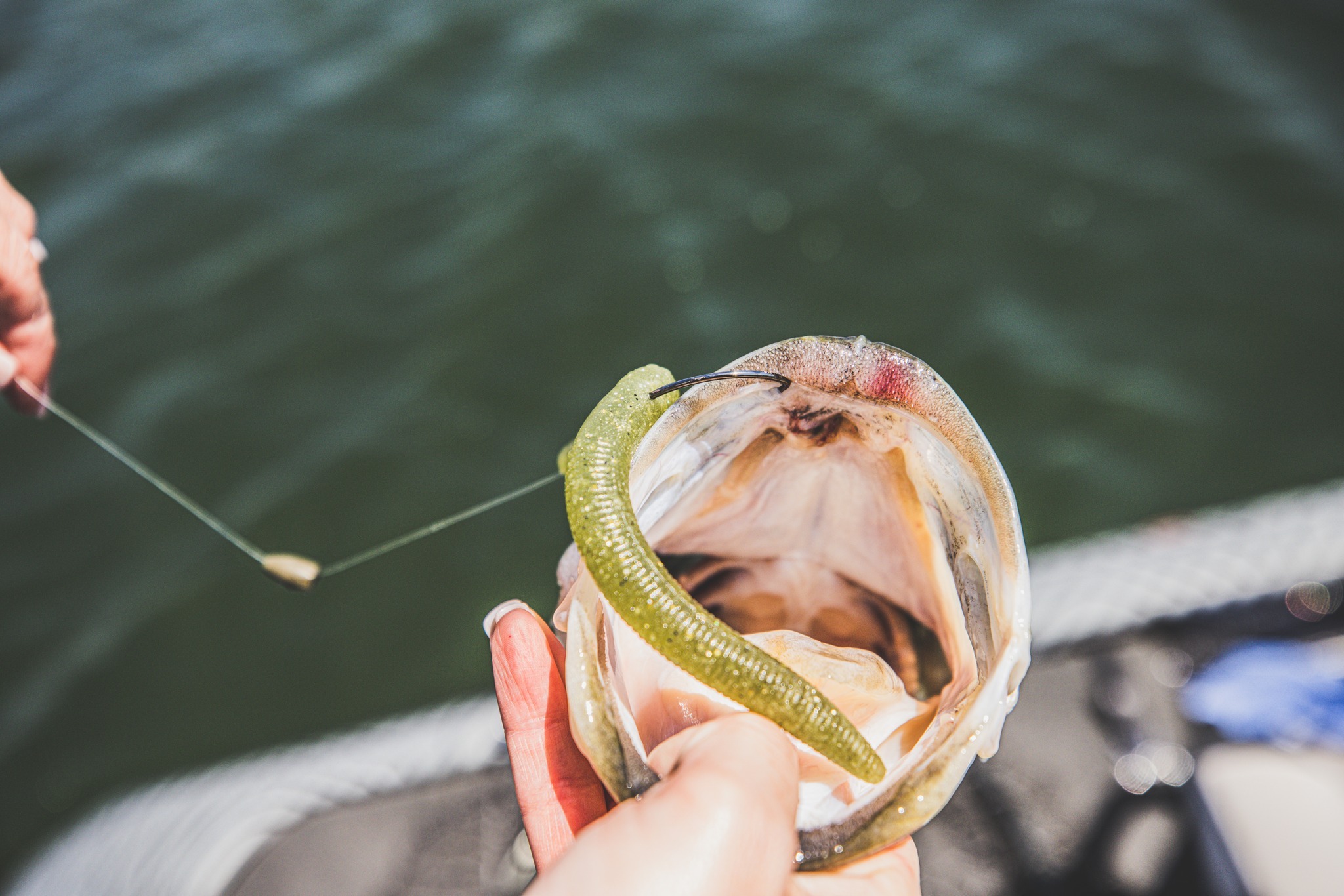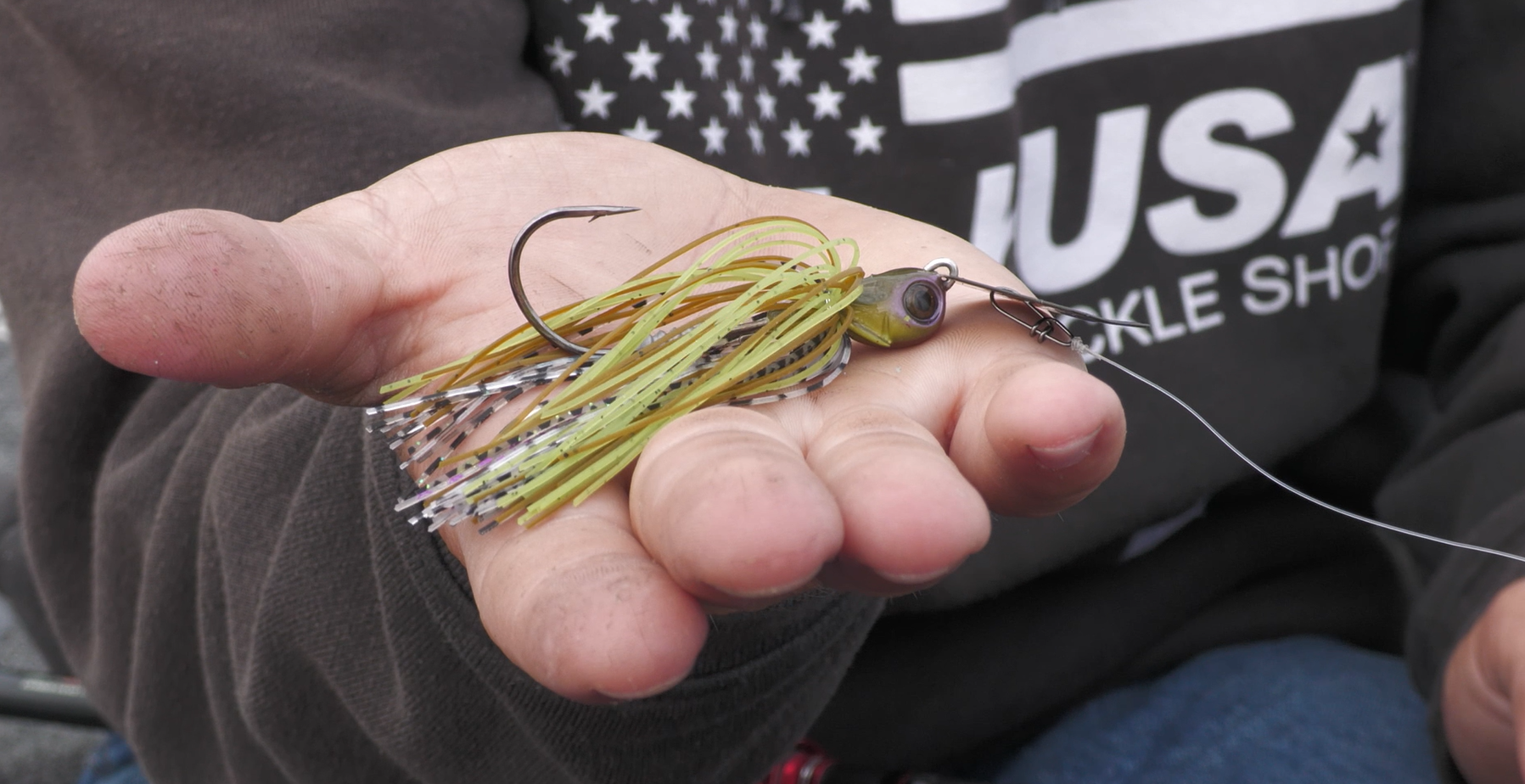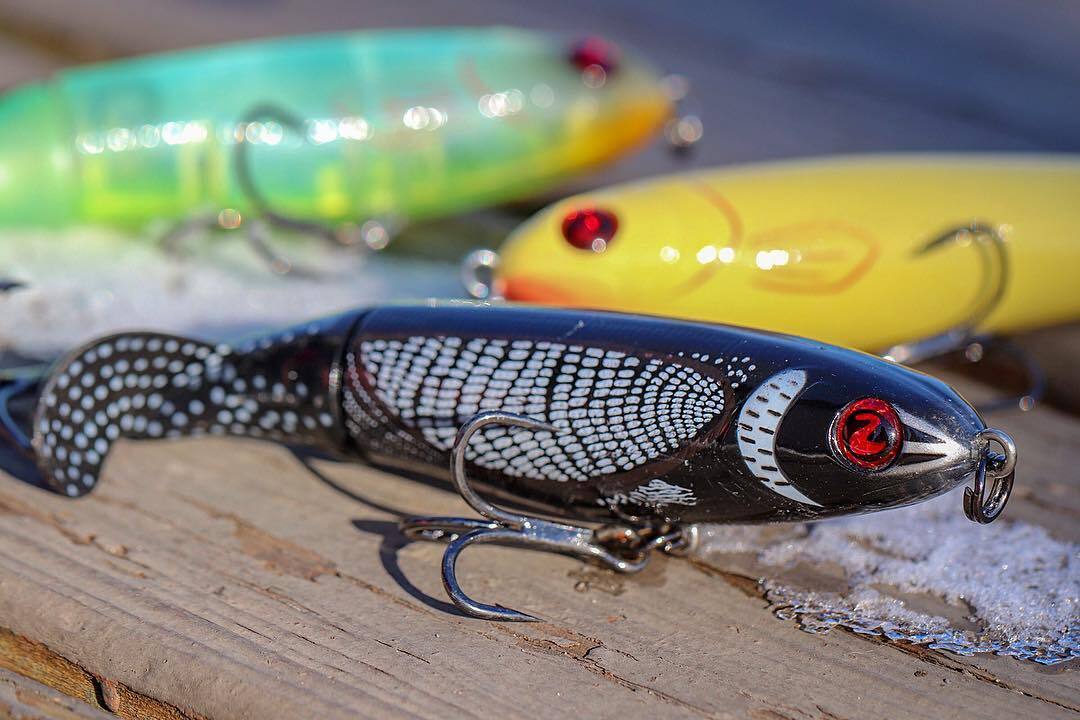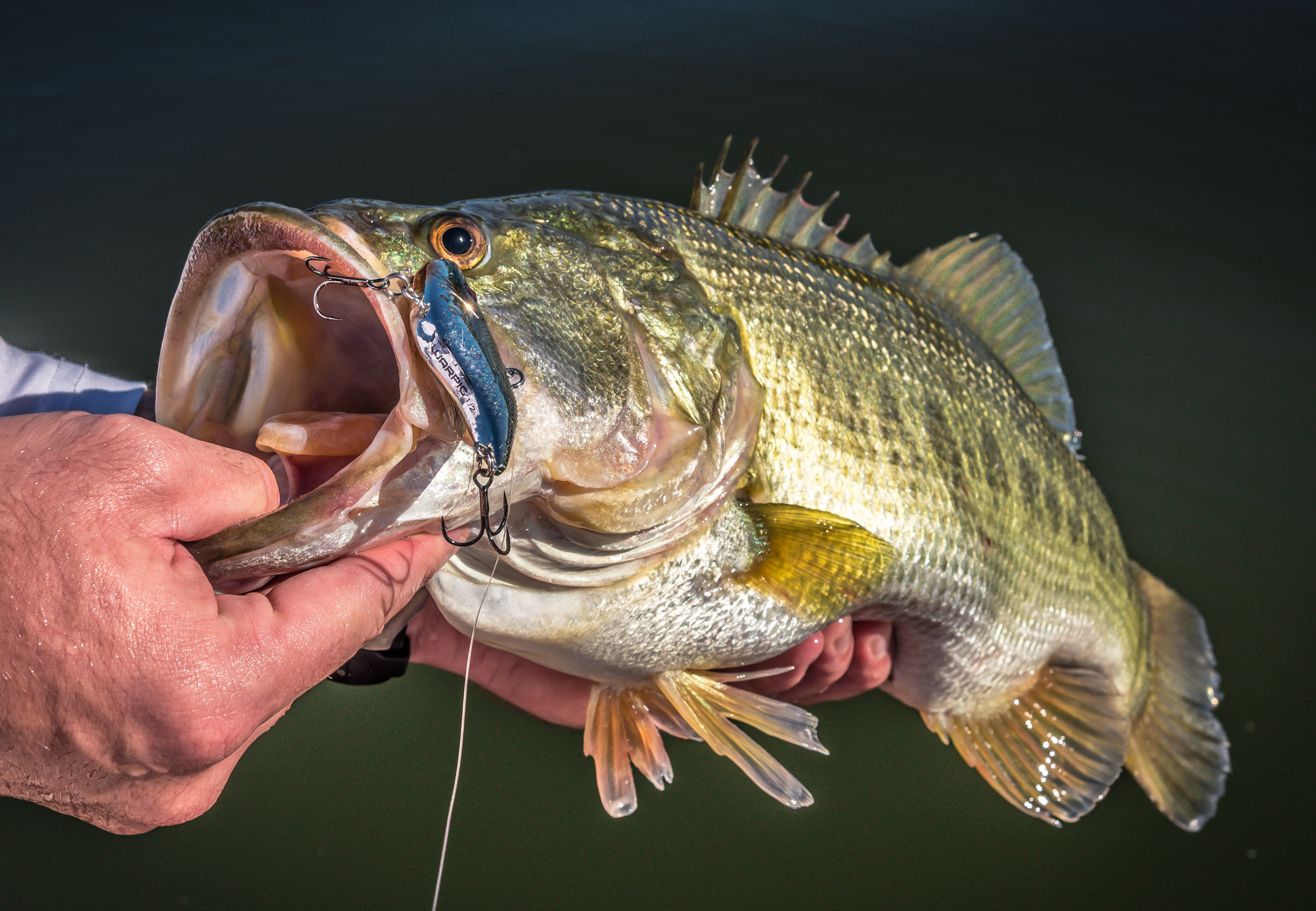Lake Tohopekaliga Bass Fishing: Year-Round Patterns, Hotspots, & Proven Techniques
Table of Contents
Why Toho Is Special
Seasonal Bass Patterns and How I Approach Them




Key Bass Fishing Areas and How to Fish Them
Proven Bass Fishing Techniques for Toho
Practical Advice from Time on Toho
Regulations & Access
Lake Toho Fishing FAQs
Final Thoughts
Shop Bass Gear & Tackle

